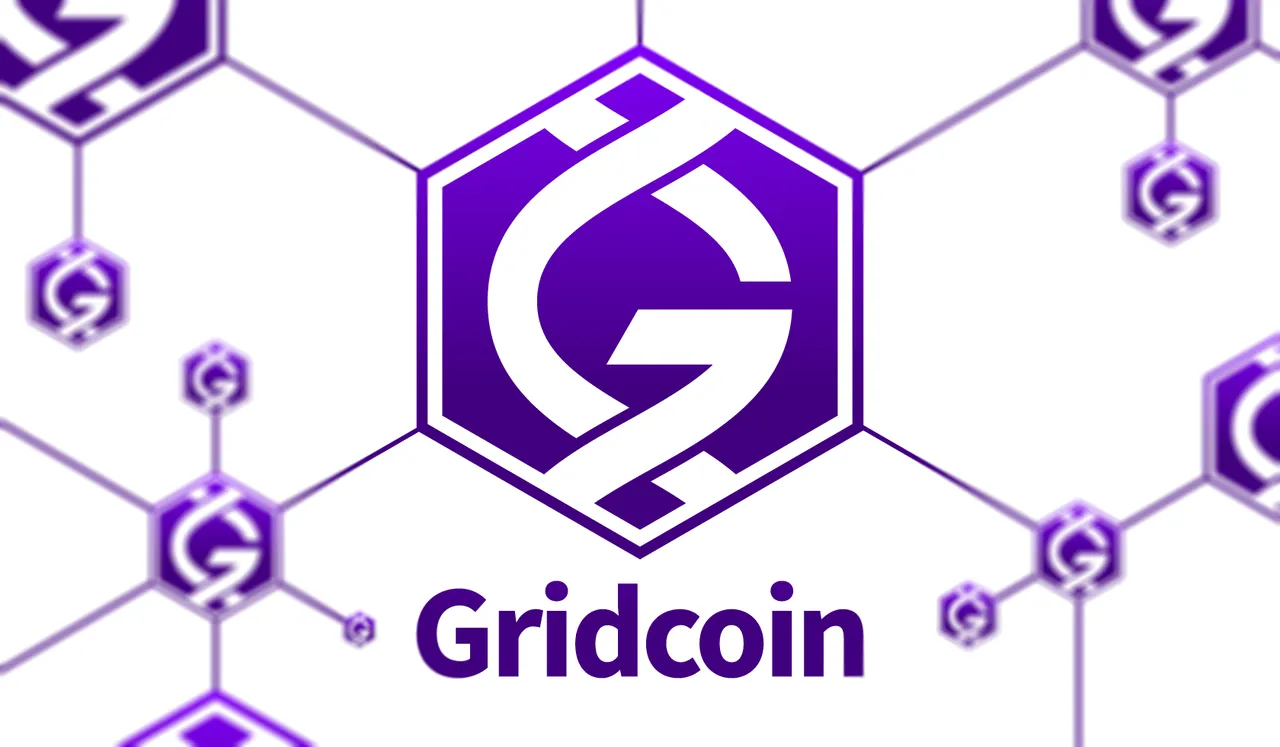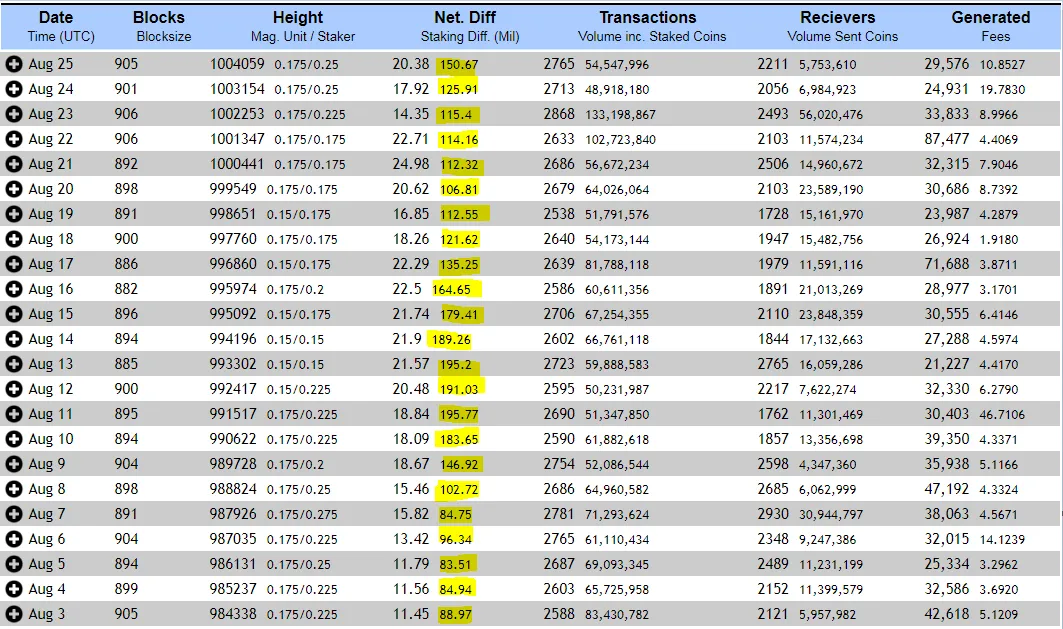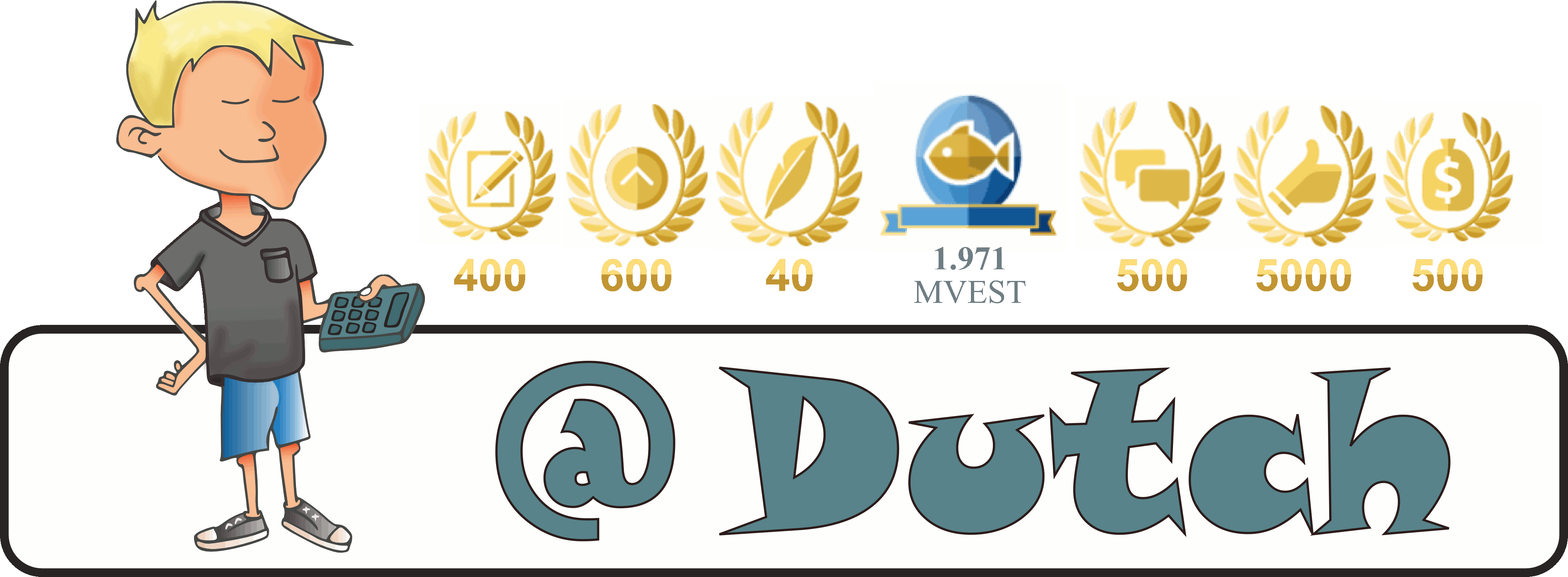
I caught a lot of flak for the staking time estimates I presented here on the 24th of August for the upcoming V8 staking system on the Gridcoin blockchain. These were based entirely on averaging and interpolating stake times of Gridcoin investors and miners in the current staking system, and as such they were likely to be off by up to 20% in either direction. After discussions on the estimates with Ravon, it occurred to me that a much simpler estimate can be generated which I would like to explore here.
Under the V8 staking system, your magnitude will not help you stake. As such, we only have to look at the coin supply and the holdings of each individual to determine their stake chances relative to the rest of the network. Let's start by gathering some of the facts. The current number of coins actively staking is roughly 130 million, as shown on the gridcoinstats.eu block explorer.

Further, looking at the same image we can see that the network stakes roughly 900 blocks per day. Assuming that every coin has equal stake weight, it follows that you would need 1/900th of the actively staking coins to stake one block per day, on average. We can extend this same logic to calculate the number of coins needed to stake once in any other timeframe, on average. You need:
- 144,000 GRC (USD$5760 of GRC) to stake daily
- 21,000 GRC (USD$840 of GRC) to stake weekly
- 5,000 GRC (USD$200 of GRC) to stake monthly
- 800 GRC (USD$32 of GRC) to stake every 6 months
These numbers are all well withing the ballpark of my estimates presented previously.
Analysis Limitations and Extensions
Please note that this analysis ignores:
- Coin being removed from the pool of actively staking coins temporarily when they stake a block. As such, there is a small error introduced in the daily estimate.
- The likely increase in the cost of GRC. New researchers are unlikely to buy in if the cost of GRC is prohibitively high.
- The inevitable increase of network weight as more coins are minted, and more investors keep their wallets online.
In fact, there has been significant discussion of only allowing investors to earn interest when their wallets are online, in the form of fixed block rewards. This makes sense, as the interest they are paid is to secure the network, which they are not doing with an offline wallet. If we repeat the analysis after such a change where we assume all coins are actively staking (390 million GRC), the results become:
- 432,000 GRC (USD$17280 of GRC) to stake daily
- 63,000 GRC (USD$2520 of GRC) to stake weekly
- 15,000 GRC (USD$600 of GRC) to stake monthly
- 2400 GRC (USD$96 of GRC) to stake every 6 months
Closing Words
I would like to reiterate again that I wholeheartedly support the need for the mandatory update being pushed in order to secure the network. This is paramount and comes before all other concerns. However, it is important that the severe repercussions for most miners are understood and can be discussed openly. There have been numerous ideas fielded on new payment systems for miners, and I look forward to seeing one of these being realised some time in the future.
On this same note I discourage anyone from remaining on the current fork when the mandatory hard fork is reached at block 1010000.
If anyone would like to discuss this further, I would happily continue this conversation below or by PM on the Gridcoin Slack.
